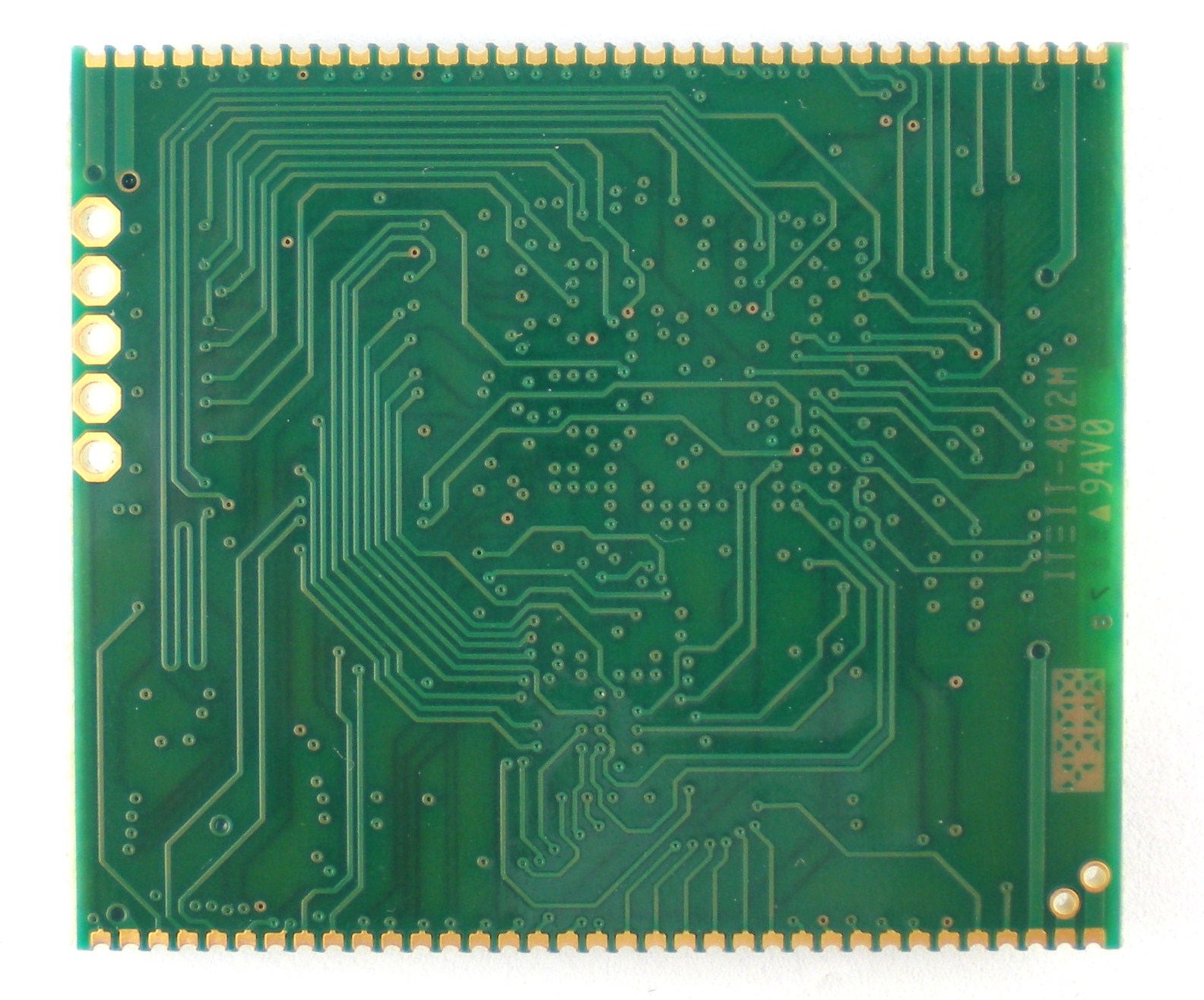
Electronic components procurement knowledge and process
Generally speaking, supplier development includes: analysis of supply market competition, finding qualified suppliers, evaluation of potential suppliers, inquiry and quotation, negotiation of contract terms, and final supplier selection. In most multinational companies, the basic criterion for supplier development is the "Q.C.D.S" principle, which is the principle of equal emphasis on quality, cost, delivery and service. Among the four, the quality factor is the most important. First, confirm whether the supplier has established a stable and effective quality assurance system, and then confirm whether the supplier has the equipment and process capabilities to produce the specific products required. The second is cost and price. It is necessary to use the method of value engineering to analyze the cost of the products involved, and realize cost savings through win-win price negotiations. In terms of delivery, it is necessary to determine whether the supplier has sufficient production capacity, whether human resources are sufficient, and whether there is potential for expansion of production capacity. The last point, but also very important, is the supplier's pre-sales and after-sales service records. In the process of supplier development, it is first necessary to conduct a competitive analysis of a specific classified market, to understand who is the market leader, what is the current market development trend, and what is the positioning of major suppliers in the market, So as to have a general understanding of potential suppliers.
For example, in the resistor market, if you need 0805 resistors today, you don’t need to go to those big Japanese manufacturers, because they have stopped production. At the same time, you can also make a suggestion to your colleagues in the design department, try to use mainstream components in the market to reduce costs. The resistor market is a less differentiated market with many suppliers, easy transportation, and easy substitution. In the injection molding market, things are a little more complicated. First, the products vary greatly, with some companies specializing in precision injection molding and others focusing on large workpieces. And because the transportation cost of injection molded parts is very high, localization is essential. You have to evaluate whether the supply capacity of injection molded products is in excess or in short supply in the local market, the characteristics of major suppliers and their competitors, etc., in order to achieve Come prepared.
On the basis of these analyses, the company's purchasing department can establish a preliminary supplier database and make corresponding product classifications.
Generally speaking, it is divided into three categories: electronics, machinery, and auxiliary materials. Electronics can be further divided into circuit boards, resistors, capacitors, inductors, transistors, integrated circuits, etc.; machinery is subdivided into plastic parts, metal parts, packaging supplies, etc.; auxiliary materials include chemicals, labels, tapes, etc. sundries.
The next step is to find potential suppliers. After careful analysis of the market, you can get the contact information of suppliers through various public information and public channels. These channels include suppliers' active inquiries and introductions, professional media advertisements, and Internet searches. In this step, the most important thing is to make a preliminary screening of suppliers. It is recommended to use a unified supplier status registration form to manage the information provided by suppliers.
Such information should include: the supplier's place of registration, registered capital, main shareholder structure, production site, equipment, personnel, main products, main customers, production capacity, etc. By analyzing this information, it is possible to evaluate its process capability, supply stability, resource reliability, and its comprehensive competitiveness. Among these suppliers, after eliminating the suppliers who are obviously not suitable for further cooperation, a supplier inspection list can be obtained. Next comes the critical step of arranging site visits to suppliers. When necessary, the quality department and process engineers can be invited to participate in the audit team. They will not only bring professional knowledge and experience, but the joint audit experience will also help the company's internal communication and coordination. During the on-site inspection, a unified score card should be used for evaluation, and the management system should be reviewed emphatically, such as work instructions and other documents, quality records, etc. The requirements are comprehensive and cannot be omitted.
The more important items are:
* Sales contract review, requiring the sales department to evaluate each contract and confirm whether it can be completed on time.
* Supplier management requires the establishment of a list of approved suppliers and effective control procedures.
* Training management, there is a perfect training and assessment system for personnel in key positions, and there are detailed records.
* Equipment management, maintenance and adjustment of equipment, a complete control system and complete records.
* Measurement management, it is very important to have a complete delivery system for the measurement of instruments.
During the inspection, it is necessary to communicate with the team members in a timely manner. In the closing meeting, summarize the advantages and disadvantages of the supplier, and listen to the supplier's explanation. If the supplier has an intention to improve, the supplier may be required to provide a report on improvement measures for further evaluation. After the supplier review is completed, an inquiry document is issued to qualified suppliers, generally including details such as drawings and specifications, samples, quantity, approximate procurement cycle, and required delivery date, and the supplier is required to complete the quotation within the specified date. After receiving the quotation, carefully analyze its terms, clarify the doubts thoroughly, and require written records, including fax, e-mail, etc. The follow-up work is the quotation analysis, which contains a lot of information. If possible, the supplier is required to make a cost list quotation, and is required to list material costs, labor, management expenses, etc., and clearly indicate the profit margin. Compare quotes from different suppliers and you'll get an initial idea of their reasonableness. Before price negotiation, you must be fully prepared and set a reasonable target price.
For small-batch products, the core of the negotiation is the delivery date, which requires rapid response capabilities; for the assembly line and continuous production products, the core is the price. But we must ensure that the supplier has a reasonable profit margin. At the same time, price negotiation is a continuous process, and each supplier has its corresponding learning curve, and its cost will continue to decline after a period of supply. Reach strategic alliances with outstanding suppliers and promote suppliers to propose improvement plans to save costs to the greatest extent.
In fact, each supplier is an expert in its field, and it is often rewarding to listen to more suggestions from suppliers. Some suppliers have taken the initiative to recommend alternative raw materials, such as replacing Swiss products with Korean steel, which can save up to 50% of the cost, and the performance can fully meet the requirements. This is a price reduction that cannot be achieved solely by negotiation. Through strategic alliances and participation in design, suppliers can effectively help us reduce costs. Another very important aspect is hidden costs. Procurement cycle, inventory, transportation, etc. are all invisible costs, and qualified suppliers should be included in the just-in-time delivery system to minimize inventory and reduce the company's total cost.
2. Electronic component procurement workflow
1. Inquiry preparation
1. Organize the plan. Purchasing agencies prepare monthly inquiry procurement plans based on the government procurement execution plan, combined with the degree of urgency of the buyers and the scale of the purchased items.
2. Organize inquiry group. The inquiry team is composed of representatives of the purchaser and relevant experts in odd numbers of three or more, among whom the number of experts shall not be less than two-thirds of the total number of members, and shall be determined randomly. The list of inquiry teams shall be kept confidential until the transaction result is confirmed.
3. Prepare inquiry documents. In accordance with the relevant government procurement regulations and special project requirements, the inquiry team draws up procurement plans for specific procurement items and compiles inquiry documents within the procurement time limit required by the procurement execution plan.
4. Confirmation of inquiry documents. Inquiry documents need to be confirmed by the purchaser before being finalized.
5. Collect information. According to the characteristics of the purchased goods or services, further understand the price information and other market dynamics by consulting the supplier information base and market research.
6. Determine the list of suppliers to be inquired. The inquiry team randomly selects no less than three suppliers from the list of suppliers meeting the corresponding qualifications, and sends an inquiry notice to them for quotation.
2. Inquiry
1. Inform the Municipal Bidding Office, Fund Management Department and other relevant departments of the inquiry time.
2. Submit quotation letter. If the inquired supplier submits the quotation letter within the time limit specified in the inquiry document, the staff shall review the seal of the supplier's quotation letter.
3. Inquiry preparation meeting. Call the inquiry team to hold an inquiry preparatory meeting before the inquiry, determine the inquiry team leader, announce the inquiry steps, emphasize the inquiry work discipline, introduce the overall goal, work arrangement, division of labor, inquiry documents, and methods for determining the supplier and standard.
4. Inquiry. All members of the inquiry team open the supplier's quotation letter together, record the quotation and sign it for confirmation. According to the principle of meeting the procurement requirements, equal quality and service, and the lowest quotation, follow the methods and standards listed in the inquiry document to determine the supplier , determine one or two deal candidates and arrange them in order.
5. Inquiry report. The inquiry team must write a complete inquiry report, which will be valid only after being signed by all inquiry team members and supervisors.

3. Determine the buyer
1. The buyer determines the buyer according to the written negotiation report of the inquiry team and the order of the recommended deal candidates. When the determined seller abandons the deal and claims that he cannot perform the contract due to force majeure, the purchaser may sequentially determine other candidates as the seller. The purchaser may also authorize the inquiry team to directly determine the buyer.
2. Transaction notification. After the buyer is confirmed, the purchaser will issue a "Contract Notice" to the buyer, and at the same time notify all suppliers who have not yet completed the deal.
3. Prepare purchasing report. The inquiry team shall, within 20 days after the end of the inquiry activity, prepare a procurement report on the composition of the inquiry team, procurement process, procurement results, etc.









